The Rolex Sky-Dweller Ref 326934 is the most complicated modern Rolex available. It’s also rather polarising. Most collectors have pretty strong views on it one way or another. None can dispute its ingenuity. Its intuitive display incorporates an annual calendar and a dual time-zone. In total the model boasts 11 – 14 patents. Yet it is more accessible price wise than you might expect. Particularly in steel and white gold. Assuming you can find one, of course. Read on to learn everything you need to know about the Rolex Sky-Dweller.
A (Very) Brief History Of The Rolex Sky-Dweller
For years, Rolex provided dual time zone functionality via the professional pilot-dedicated GMT-Master. It features a supplementary hour hand coaxially located at the dial centre. Rotating on a 24-hour scale (denoted on the bezel), it was a Rolex invention in 1954.
The first model, the GMT-Master, launched in 1955. The GMT-Master II followed a few decades later. Both have proven their usefulness and versatility. The 24-hour hand was also introduced on the Explorer II. Beyond that, though, we have not seen much from Rolex on the dual time zone front. Other than the standard updates and improvements to established models.
- An early Rolex GMT-Master 1675 Pepsi.
That’s why in 2012, the launch of the Sky-Dweller caused quite a stir. Rolex registered the name before Baselworld, but no one knew anything about the new model. Speculation anticipated a progression of the GMT-Master II. Instead Rolex came out with its first new watch in two decades. One featuring dual time zone displays as well as an annual calendar.
Unlike the GMT-Master, the Sky-Dweller is for business travellers. Not pilots. The real story though was its complicated movement. The all-new caliber 9001, which today remains the most complex ever developed by the brand.
It was also less sporty than the GMT-Master II. Instead the Sky-Dweller took its design cues from the Datejust and Day-Date models. But the familiar fluted bezel held a hidden surprise. In fact, the Sky-Dweller’s mystique turned out to be how simple it is to read and adjust.
What You Don’t See
The Sky-Dweller displays two time zones at the same time. Local time, and the date, are in the standard Rolex format. But off-set from the dial centre is a 24-hour disc indicated to by a fixed inverted triangle. (You read minutes for both time zones off of the local time minute hand.)
The 24-hour display tracks the wearer’s chosen reference time. This could be home time or the time zone where you spend most of your time for work. The 24-hour scale makes it easy to discern between day and night. The calendar month shows via one of the 12 apertures located beyond the hour indexes. You will notice the color red in the corresponding box instead of white. There’s a lot of information but the delivery doesn’t overcrowd the dial.
IN THE SHOP: check out this unworn Rolex Sky-Dweller Ref 326933 White Dial available now.
Adjusting so many indicators usually requires you to memorise several crown settings. Or necessitates bulky pushers. Or worse still, those annoying little correctors. Not so with the Sky-Dweller. While it’s true you use the crown for rapid setting of all functions, it doesn’t quite work in the usual way. Instead, you choose the function you want the crown to perform first.
How is this possible?
Well, the Sky-Dweller employs intelligent bezel technology known as “ring command”. This is the same technology used by the Yacht-Master II. Rotating the bezel interacts with the movement. In doing so it changes which function the winding crown engages. No fewer than 60 components make up the patented, complex mechanical module. You can set the displays in any order, and in both backwards and forwards directions.
Before the Sky-Dweller, Rolex only provided a complete calendar. Although similar, it doesn’t take into account the differing month lengths. Rolex solves this problem by introducing only four extra gear wheels. In doing so it created the simple but ingenious SAROS annual calendar system.
‘Saros’ is a Greek term. It refers to the astronomical cycle governing the recurrence of an eclipse. The design takes inspiration from the cyclical alignment of the Sun, Earth and Moon. Hence the name.
A satellite (Earth) wheel engages a fixed planetary (Sun) gear wheel over one month, driven by the date disc. The ‘Earth’ in turn has its own satellite (Moon) wheel fitted with four fingers for each of the four 30-day months. At the end of these months, one of the fingers causes the date disc to jump two days in a few milliseconds. Hence, the 31 date is ‘eclipsed’. Manual intervention is thus only required on 1 March (following February).
The Rolex Sky-Dweller Ref 326934 & Ref 326933
The Rolex Sky-Dweller debuted in 2012. But it didn’t hit mainstream radars until 2017. That’s when Rolex updated the dial and introduced steel versions. Or ‘Rolesor’ versions, as Rolex likes to call them.
‘Rolesor’ is Rolex speak for a combination of Oystersteel and gold. The white Rolesor Sky-Dweller (Ref 326934) features a fluted bezel in 18ct white gold. There’s also a two-tone yellow Rolesor version (Ref 326933). This sees the addition of 18ct yellow gold centre links on the Oyster bracelet and a yellow gold bezel.
For the gold lovers, there’s a full Everose gold version (Ref 326935). And a full yellow gold version (Ref 326938). Both are available on a leather strap as well. Rolex no longer offers a white gold Sky-Dweller.
IN THE SHOP: check out this unworn Rolex Sky-Dweller Ref 326933 White Dial available now.
This use of materials gives the Rolex Sky-Dweller a sportier feel. It also makes it much more accessible. There’s a big price difference between the Rolesor versions and the solid gold ones. Like five figures big. The former offers a lot more gold of course but that’s not to everyone’s taste (or budget).
The earlier – now discontinued – models featured large Roman or Arabic numeral indexes. A more traditional aesthetic that doesn’t appeal to all. Good news if it appeals to you though. Like most solid gold Rolex models, you can find these unworn at a discount on the secondary market.
The new versions offer modern rectangular indexes. Longer hands. And chromalight luminescence. In a similar vein to the Rolex Datejust 41. This completely changed the look of the watch and opened it up to a much wider (and younger) audience. Which is why over night the Rolex Sky-Dweller became the cool kid on the block.
IN THE SHOP: check out this unworn Rolex Sky-Dweller Ref 326933 White Dial available now.
The Oyster case measures a solid 42mm and comes on on a three-link Oyster bracelet. You might expect to see it on a Jubilee given that it’s a hybrid dress/casual watch. But with the size and weight of the case, the Oyster is the way to go. That’s not to say Rolex won’t change this in the future of course.
Inside is the Calibre 9001, a new movement developed for exclusive use by the Sky-Dweller. Like all Perpetual Rolex calibres, it uses the brand’s common movement architecture. This means bidirectional self-winding via Perpetual rotor. Paramagnetic blue Parachrom hairspring. And high-performance Paraflex shock absorbers. It’s certified as a superlative chronometer, so accurate to -2/+2 seconds per day. And offers a 72-hour (3 day) power reserve.
Price & Availability
As discussed above, the Rolex Sky-Dweller is available in several different variations. The white Rolesor version offers black, blue and white dials. The retail price for a Ref 326934 model is US$14,400. The yellow Rolesor and full gold versions also have black and white dial options. Plus, there’s as a fancier champagne-colour dial. The retail price for a Ref 326933 model is US$17,150. While the Everose gold model gives you choice of dark rhodium (gray) or white.
The consensus seems to be that the white Rolesor with blue dial is the most desirable. It’s also the hardest to find. It’s not quite at the same level as the Rolex Cosmograph Daytona 116500LN. Still, you’re not going to see one at your local AD. As a result, prices on the secondary market are around USD 22,000 – USD 23,000.
And it’s worth noting that for full gold, the retail price more than doubles.
Who Is The Rolex Sky-Dweller For?
This is a difficult question to answer. Strange to say about a consumer product, I know. Especially when you’re talking about a power-house brand like Rolex. The reality is though, the Sky-Dweller doesn’t fit into the standard Rolex categories. You wouldn’t call it a tool watch. Not like the Sea-Dweller for example. But it’s also not a dress watch, like a Cellini. The closest comparison is the Rolex Day-Date. But even these two models are poles apart.
The Day-Date has an impressive legacy. It’s also smaller and more wearable (40mm or 36mm). And it’s considered by many to be the ultimate status symbol. The Rolex Sky-Dweller meanwhile targets a younger crowd. Young executives with travel budgets. And those who want to give the impression they’ve been inside a private jet. Not to mention the select few who actually want to own a complicated Rolex.
Don’t fit into one of those categories? Don’t let that dissuade you from owning a Rolex Sky-Dweller. There’s no doubt it’s a great watch. Made to Rolex’s exacting standards. It’s comfortable on the wrist. And it looks great. That said, it’s not for everybody. Which can be a good thing or a bad thing, depending on how you choose to view it. In any event, if you want one in steel any time soon, your best bet is the secondary market. Be prepared to pay a hefty premium though, as discussed above.
IN THE SHOP: check out this unworn Rolex Sky-Dweller Ref 326933 White Dial available now.
Technical Specifications: Rolex Sky-Dweller White Rolesor Ref 326934
- Case: Oyster – 42 mm – Oystersteel and white gold – monobloc middle case, screw-down case back and winding crown –fluted white gold bezel, bidirectional rotatable Rolex Ring Command – waterproof to 100 metres / 300 feet.
- Dial: Blue/Black/White – centre hour, minute and seconds hands – 24-hour display on off-centre disc – Second time zone. – instantaneous annual calendar at 3 o’clock and rapid-setting of the date – month display via 12 apertures around the circumference of the dial – stop-seconds for precise time setting – Chromalight display with longlasting blue luminescence on hour markers and hands.
- Movement: Calibre 9001 – bidirectional self-winding via Perpetual rotor – paramagnetic blue Parachrom hairspring, high-performance Paraflex shock absorbers – 72-hour power reserve – certified as Superlative Chronometer.
- Price: USD 14,400.
Technical Specifications: Rolex Sky-Dweller White Rolesor Ref 326933
- Case: Oyster – 42 mm – Oystersteel and 18ct yellow gold – monobloc middle case, screw-down case back and winding crown –fluted yellow gold bezel, bidirectional rotatable Rolex Ring Command – waterproof to 100 metres / 300 feet.
- Dial: Champagne/Black/White – centre hour, minute and seconds hands – 24-hour display on off-centre disc – Second time zone. – instantaneous annual calendar at 3 o’clock and rapid-setting of the date – month display via 12 apertures around the circumference of the dial – stop-seconds for precise time setting – Chromalight display with longlasting blue luminescence on hour markers and hands.
- Movement: Calibre 9001 – bidirectional self-winding via Perpetual rotor – paramagnetic blue Parachrom hairspring, high-performance Paraflex shock absorbers – 72-hour power reserve – certified as Superlative Chronometer.
- Price: USD 17,150.
This article by TheWatchLounge has been sponsored by our partner WatchBox.
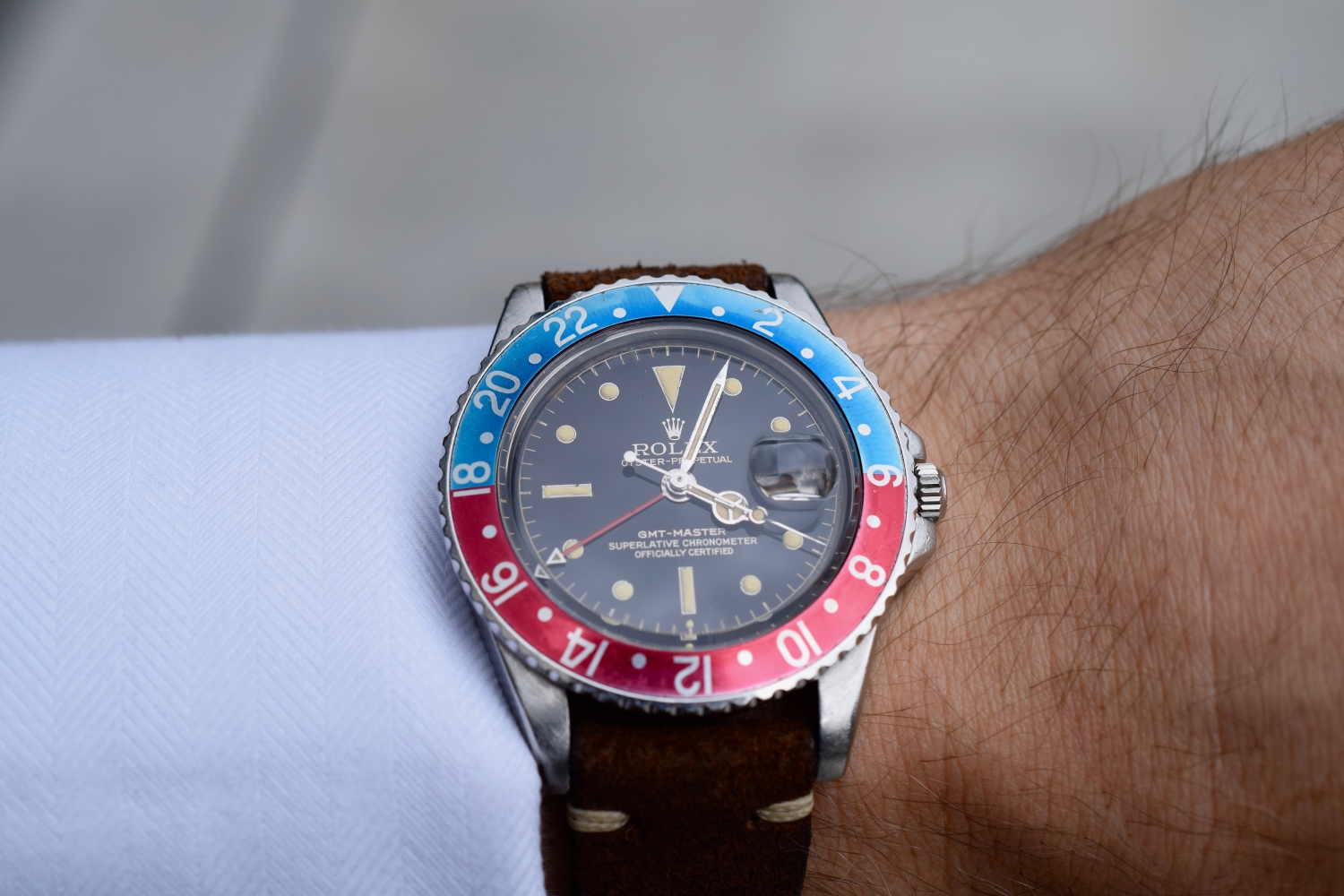
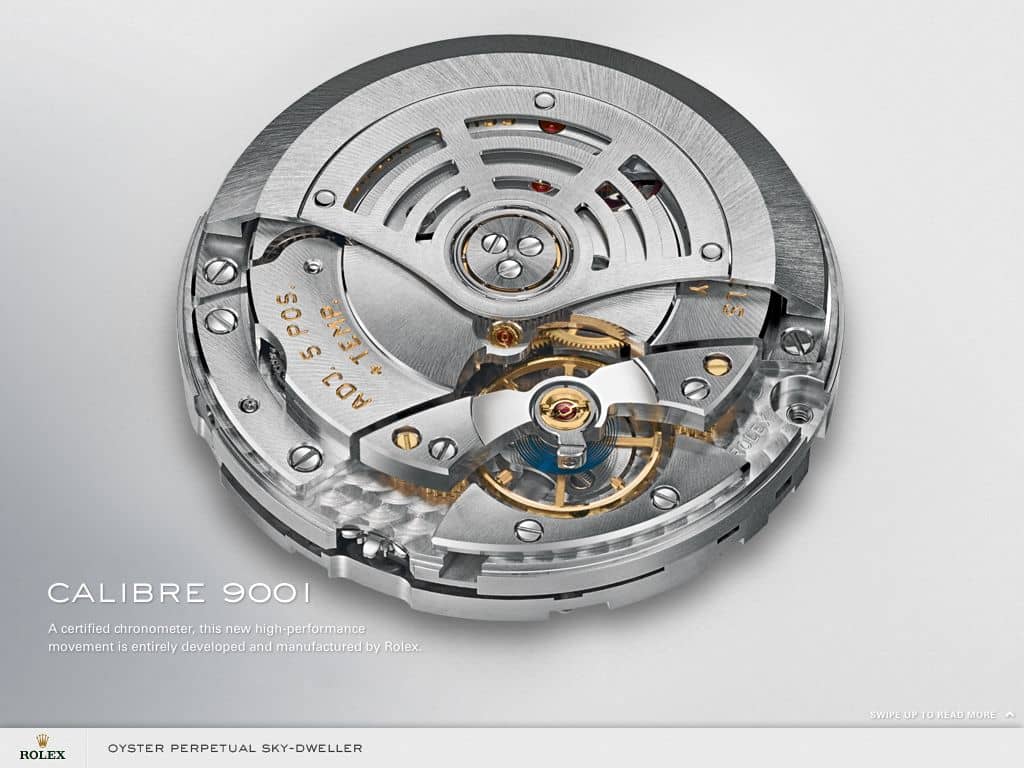
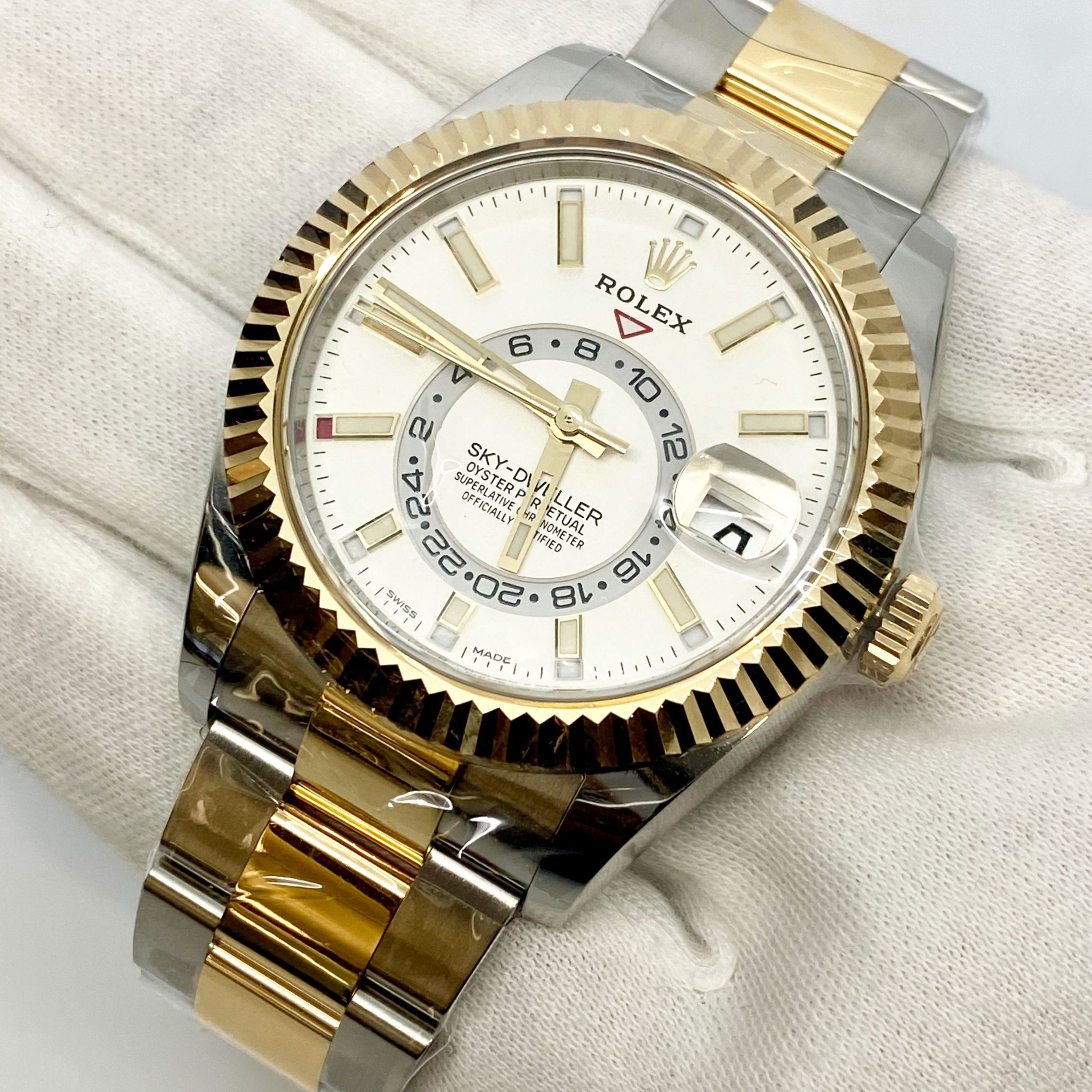

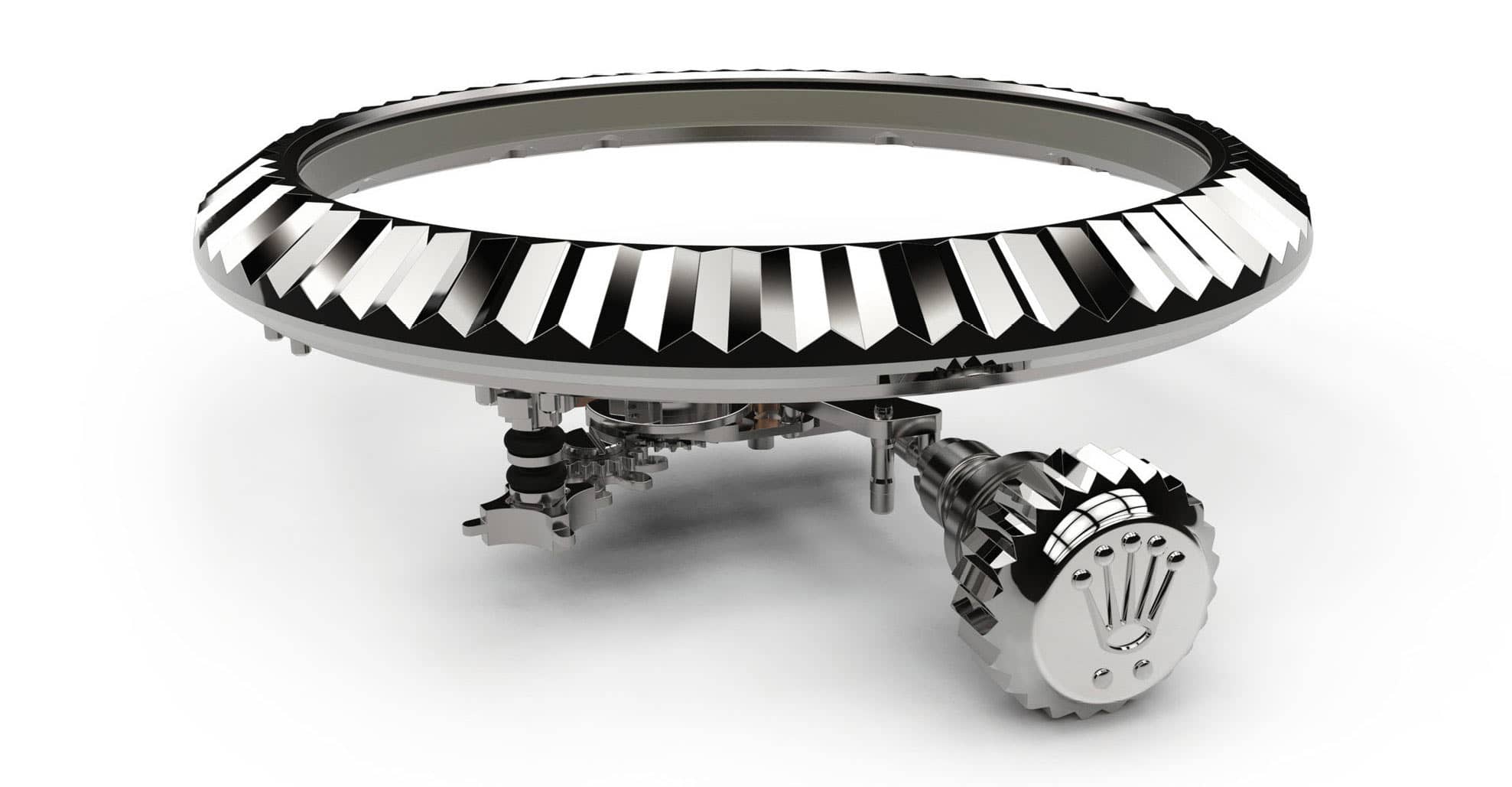
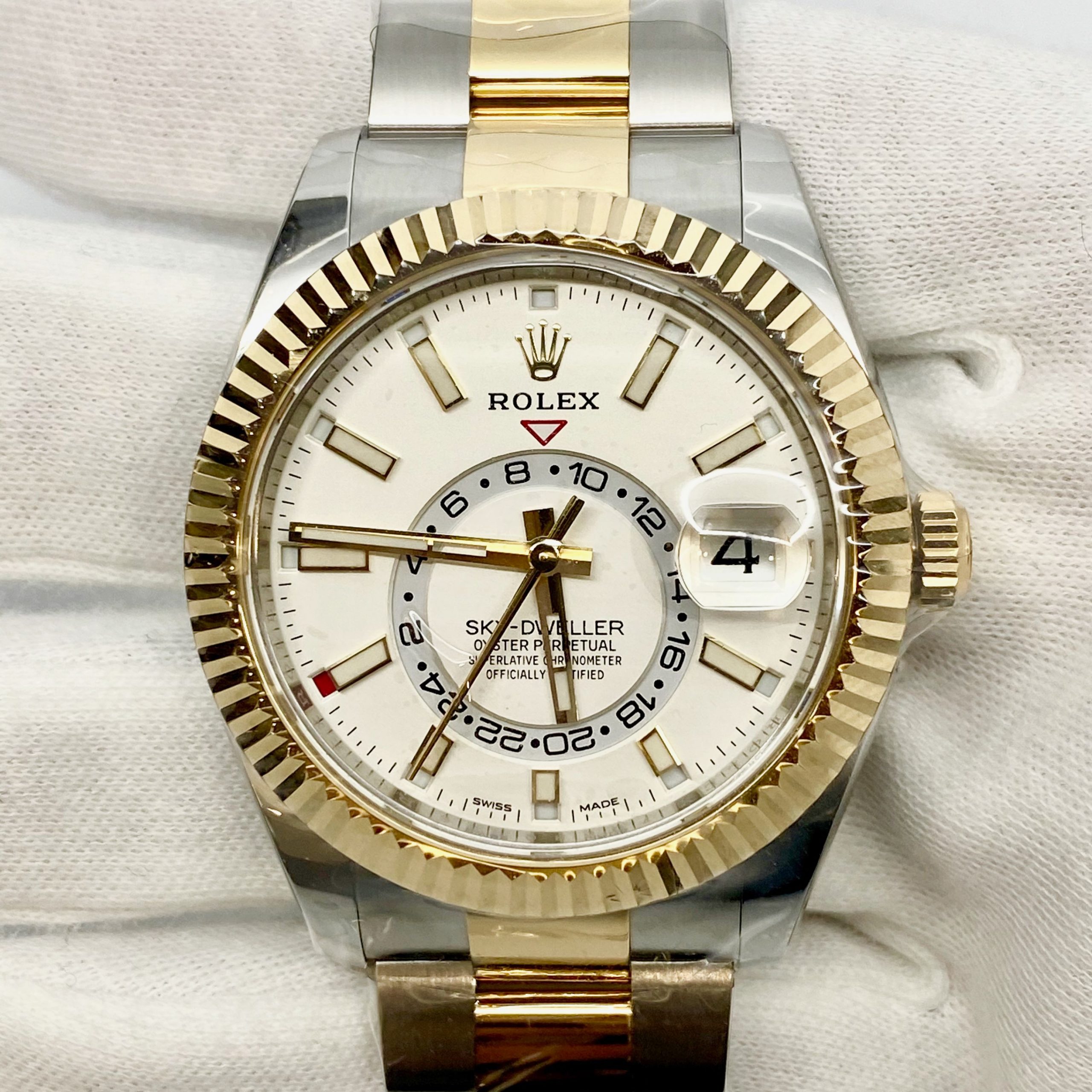

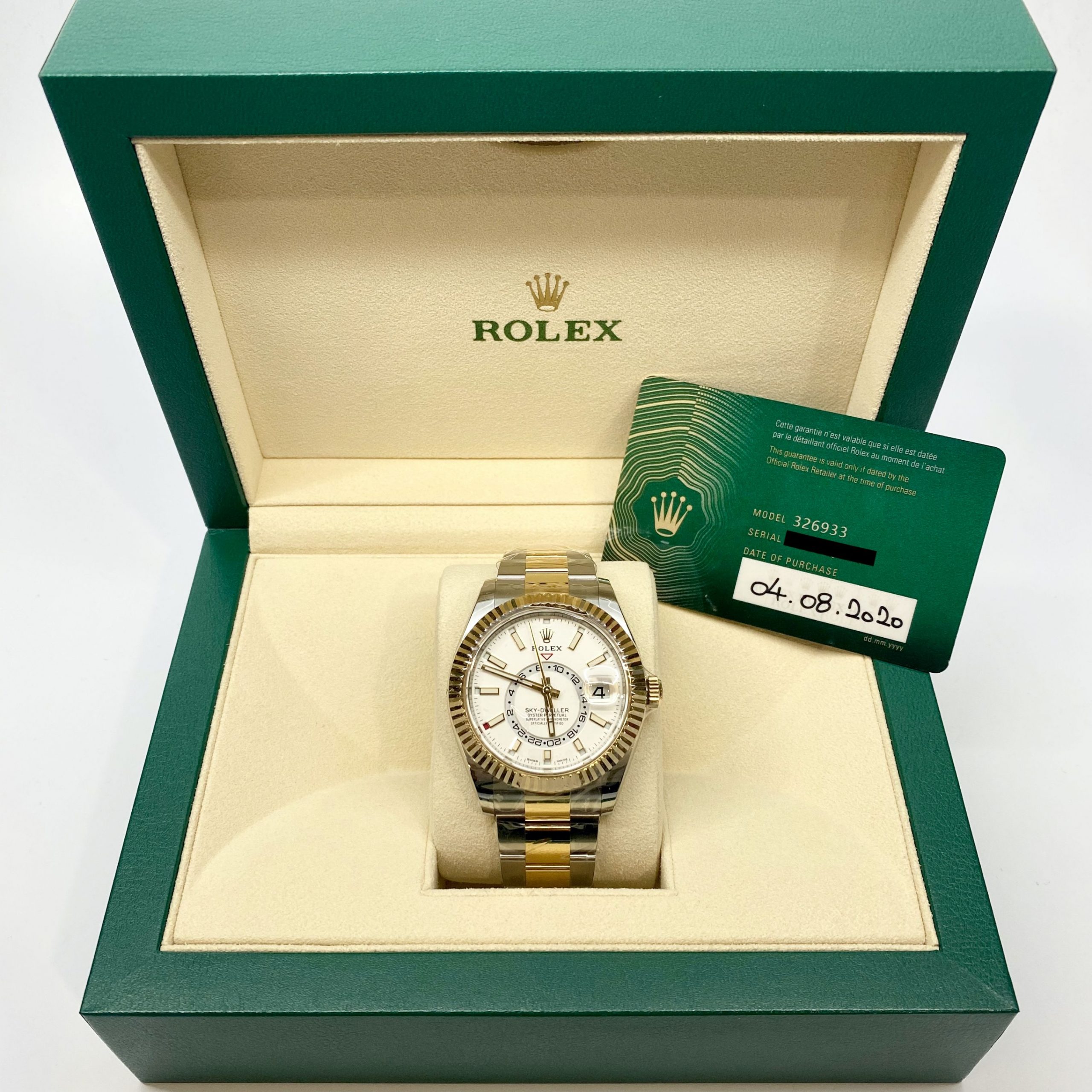
Tom, I have a Rolex sky dweller blue face on order from my local Rolex jeweler right now for over a year(13 months). Your article about the sky dweller was excellent and makes me even more excited about its arrival.
Do you think it will become a popular collectors item for watch enthusiasts? Do you have any idea of why it’s taking so long for Rolex to produce this timepiece?
Thank you